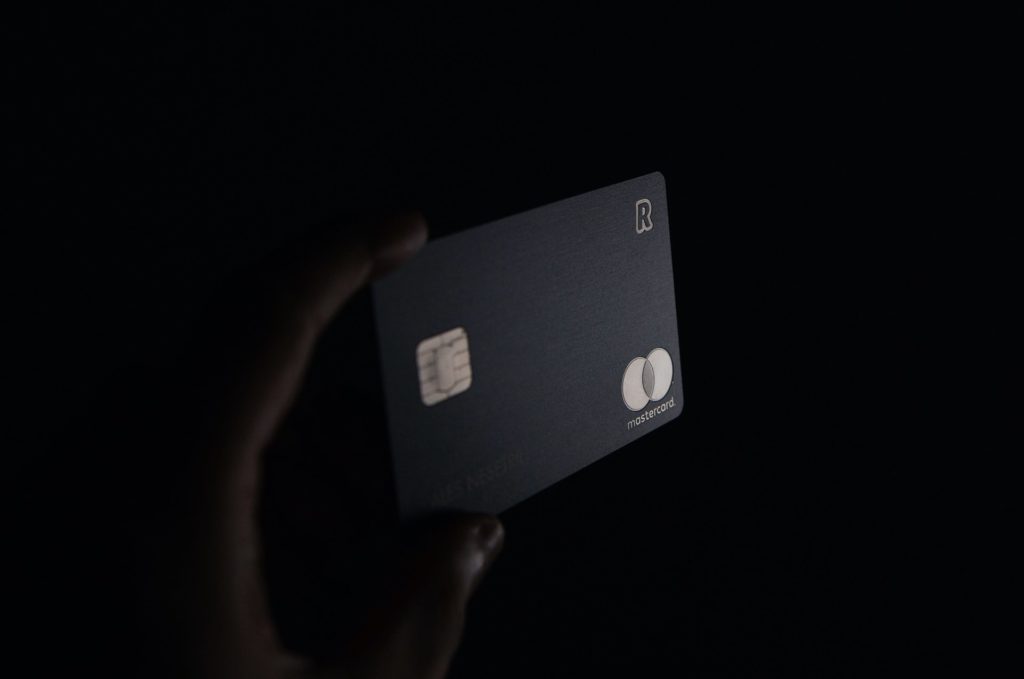How your credit card can help with buyer's regret
17th November, 2020
We have all felt the sting of buyer’s regret, particularly when the item we just purchased for full price goes on sale a week later. If this happens to you, check your credit card as it might offer price protection.
If you charged the full cost of an eligible item to your credit card, this feature will reimburse the difference between the price you paid and the lower advertised price within 60 days of purchase.
In late September, my wife purchased a chandelier which is currently selling for $60 less than what she paid. While many stores have their own price protection policies, when dealing with a retailer who does not, such as the store that sold us the chandelier, it is often worth making a claim through your credit card.
The process is relatively simple. I called my credit card company where they confirmed that the item was eligible for the program, was bought during the 60-day window and that the advertised lower price was from a legitimate retailer.
After they were satisfied with the information, I was given a phone number to the insurance company with whom I made my claim — I simply had to fill out a form and provide some documents. The whole process took no more than 30 minutes which worked out to be the equivalent of $120 per hour.
A couple of years ago I went through the same process and saved $200 on the purchase of a TV — not bad for 30 minutes of phone calls and filling out forms.
Price protection normally has a $1,000 cap per calendar year. It is cumulative so several claims can be made throughout the year as long as the total doesn’t exceed $1,000.
Also be aware of what constitutes an “eligible” item. Items whose prices trend to fluctuate a lot, such as computer equipment and software, are not eligible, nor are airline, sports, or theatre tickets. Most other items sold in stores, including electronics, appliances and furniture should be covered.
Although some credit cards do not have this perk, many do, including several with no annual fee. I use two credit cards, both of which charge an annual fee, but only one offers price protection.
Therefore, I only use the card that has the price protection feature when making purchases at full price just in case they go on sale in the near future.
Some people take it a step further by using price checking tools or an app such as PriceFinder.ca. If the app finds the identical item at a lower price it will send an alert.
The purchaser then needs to decide whether the price difference is enough to justify spending the time to make a claim.
I make purchases using my credit cards 98 per cent of the time, not just for the points but also for all the other perks that the credit cards offer. Besides price protection, I have also taken advantage of lost luggage protection, car and travel insurance, as well as purchase protection.
With purchase protection, if you buy something that is damaged, stolen or sometimes even lost, within a specific time period, you can have the item replaced at no cost.
I recommend spending 20 minutes researching and getting familiar with the protections offered by your credit cards and don’t be afraid to take advantage of them.
That said, no perk or feature is worth paying the 19 to 30 per cent interest rate charged by credit card companies on outstanding balances so I suggest only using your credit card for purchases if you pay off the balances in full every month.
Originally published in CBC’s Opinion section.